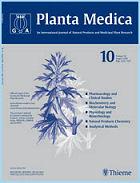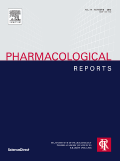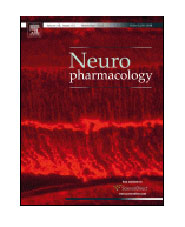“Vascular dementia is the highly devastating neurodegenerative disorder after Alzheimer’s disease (AD) and mainly found in aged people but the effectual therapeutic target is still not there.
Chronic cerebral hypoperfusion (CCH) has been broadly found in vascular dementia (VaD) patients. CCH is thought to link with neurodegenerative disorders and their subsequent cognitive deteriorate on.
This study has been framed to examine the role of a selective agonist of cannabinoid receptor type 2(CB2); 1-phenylisatin in CCH induced VaD.
These results indicate that 2VO induced CCH in rats, which was attenuated with the treatment of 1-phenylisatin.
Hence, it may be suggested that modulation of cannabinoid receptor may provide benefits in CCH as cognitive impairment and VaD.
Therefore, selective agonists of CB2 receptors may be a potential research target for the alleviation of VaD.”









